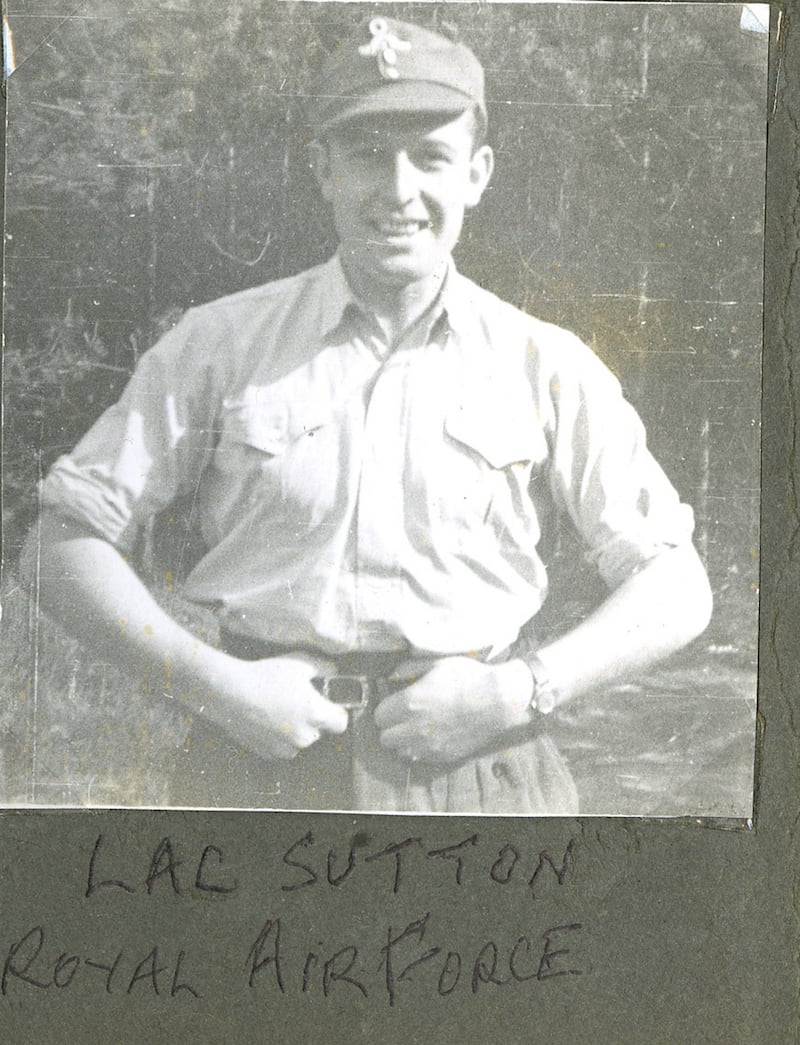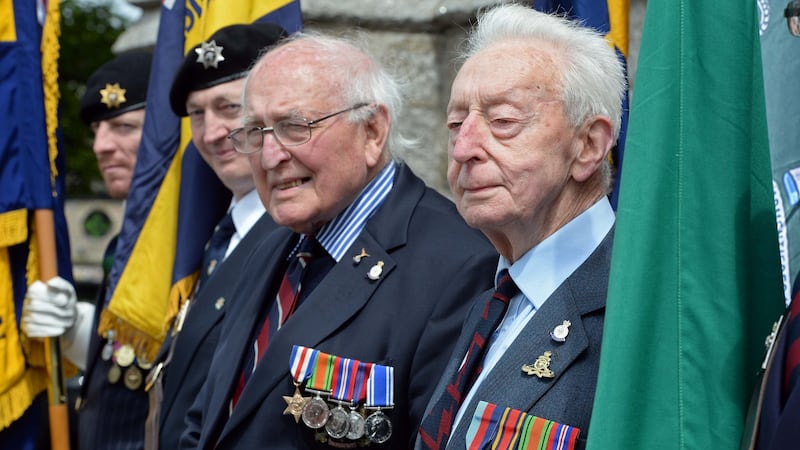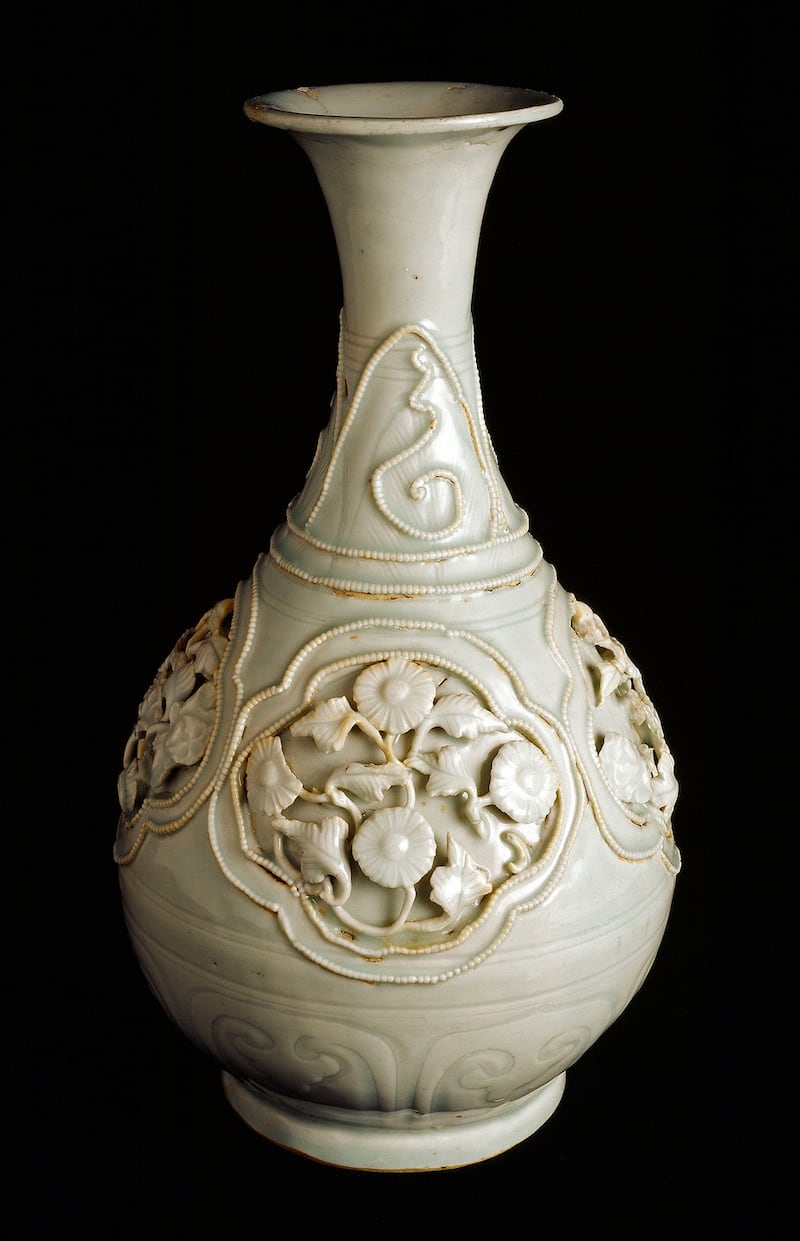A photo album from an Irish second World War veteran who was present at the liberation of the Bergen-Belsen concentration camp has been made public for the first time.
The album of Albert "Paddy" Sutton, who died in 2018 at the age of 96, was handed over to the National Museum of Ireland (NMI) this year.
It is being made public as part of a new online exhibition entitled Reflections on Resilience by the museum to coincide with the lockdown and the closure of the museum.
Mr Sutton went to Belfast at the start of the war and joined the Royal Air Force. As part of the ground crew, he was in the vanguard of the Allied liberation force that invaded Nazi-occupied Europe in 1944.
He kept a photographic diary as he went along and photographed a confrontation with a collaborator in Brussels.

He was in the first lorry-load of troops to liberate Bergen-Belsen in northern Germany on April 15th, 1945. The 75th anniversary of the liberation was last month. One of Mr Sutton's tasks was to bury the dead.
The images from the concentration camp were shown on newsreels at the time and were profoundly shocking for audiences who had not known what was going on.
Légion d’honneur
In 2016, he was awarded the Légion d’honneur by the French government for his role in the liberation of Europe.

NMI head of collections Dr Audrey Whitty described Mr Sutton's gift to the museum as an "incredible photograph album" and an eyewitness to history.
There are 26 objects in total of the more than two million objects in the NMI collection which are part of the online exhibition.
Most are from the museum’s reserve collection, although a few items including the St Patrick’s Bell from the 7th century and the Irish Republic flag which flew over the GPO during Easter week 1916 have been on public display.
It begins with a fish trap found in 2004 in Clowanstown, Co Meath, from the Mesolithic era and ends with Alison Lowry's A New Skin, a current exhibition which is an artistic response to the legacy of mother and baby homes and Magdalene laundries.
Dr Whitty added: “People, and indeed all living things, have always responded to the environment they find themselves in by adapting and learning how to survive in it – just like we are today during the coronavirus crisis.
“There are countless examples of this throughout our collection and we hope that Reflections in Resilience will give people pause for thought during these challenging times. As a country, and a planet, we have overcome great obstacles in the past and we will do so again.”
One of the objects being exhibited virtually is the Fonthill Vase, which originated in China between 1300 and 1340.
Filigree
The Fonthill Vase is an object of major international importance. When the vase was brought to Europe, it was given elaborate mounts of filigree and enamel while in the possession of the Royal Hungarian House of Anjou.

Europeans were unable to make porcelain until more than four centuries later. The vase is the earliest documented piece of Chinese porcelain to have reached Europe. The museum managed to acquire the vase at auction in Scotland in 1882 for 28 pounds and seven shillings.
The museum is also inviting members of the public to reflect on objects in their own lives or homes that they consider to be symbols of resilience, and to post a photo of those items on Twitter using the hashtag #ReflectionsonResilience. National Museum of Ireland director Lynn Scarff said Irish families have always drawn on "wellsprings of resilience" throughout history.
“After examining our own collection through the lens of our new reality, we’ve brought together a selection of objects and specimens that we hope will offer people an opportunity to reflect on our resilience, not only as individuals and a nation, but also as a global community,” she said.









